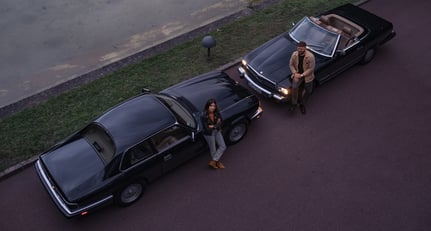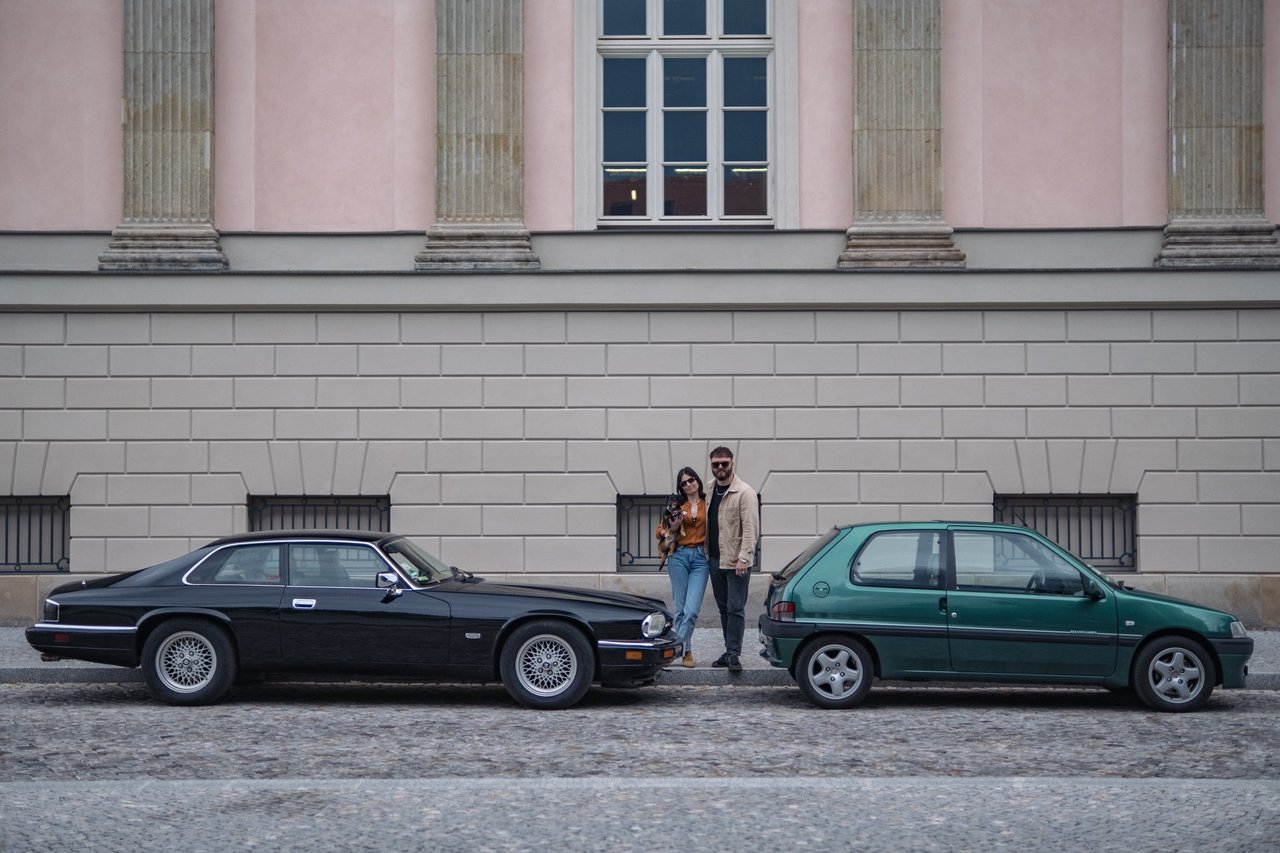
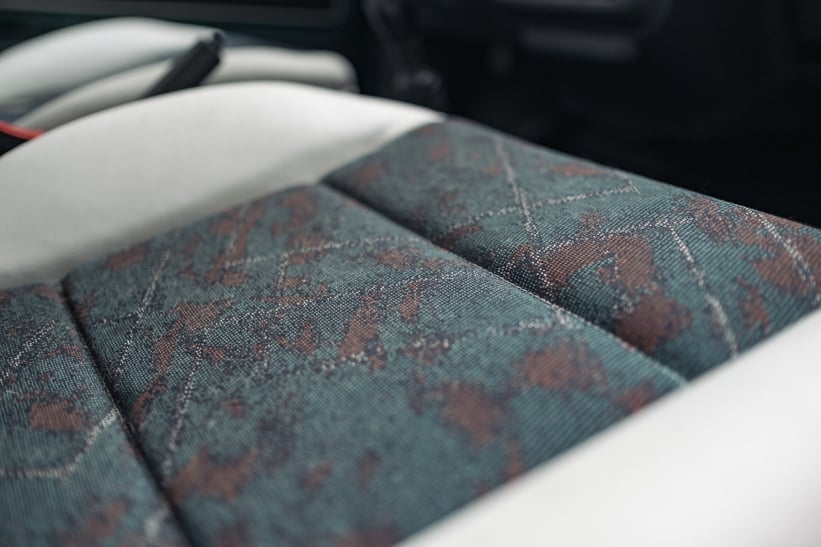
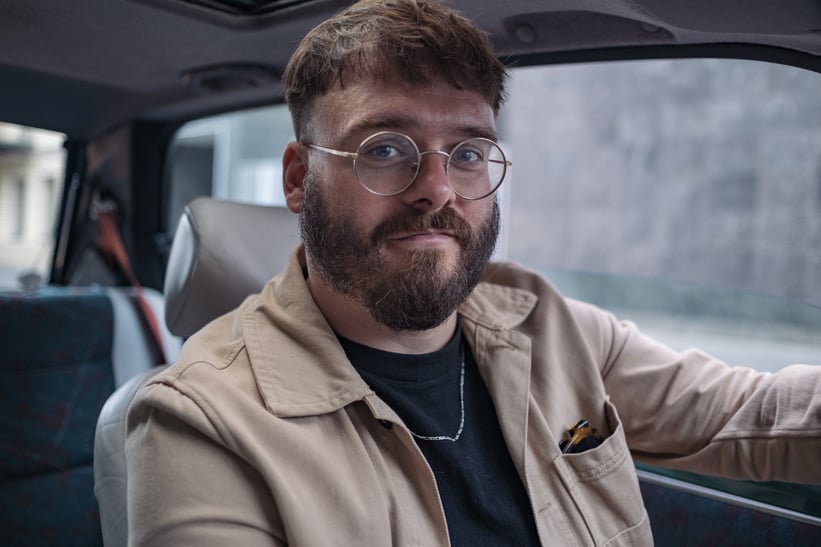
As I write these words in early 2022, the black 1986 W107 Mercedes 560 SL and the equally black 1993 Jaguar XJS you see here, as well as a 1992 W124 Mercedes 300CE, have all been sold to make way for an immaculate grey 1997 Alfa Romeo 164 Q4. But this ultimately doesn’t matter, as the machines are only testament to the impeccable taste and eye for ‘unobvious’ things that Mathilde Karrèr and Marick Baars possess – a trendsetting sixth sense that’s way ahead of the curve.
We first met a few summers ago, during one of Berlin’s notorious Flitzer Club weekend outings, and instantly became friends. Fast-forward through a few shared adventures and discussions to summer 2021 and we’re seeing each other, yet again in Berlin, at Bonanza Coffee Roasters, a recently opened establishment in the heart of Mitte, designed by Marick’s Modiste Studio.
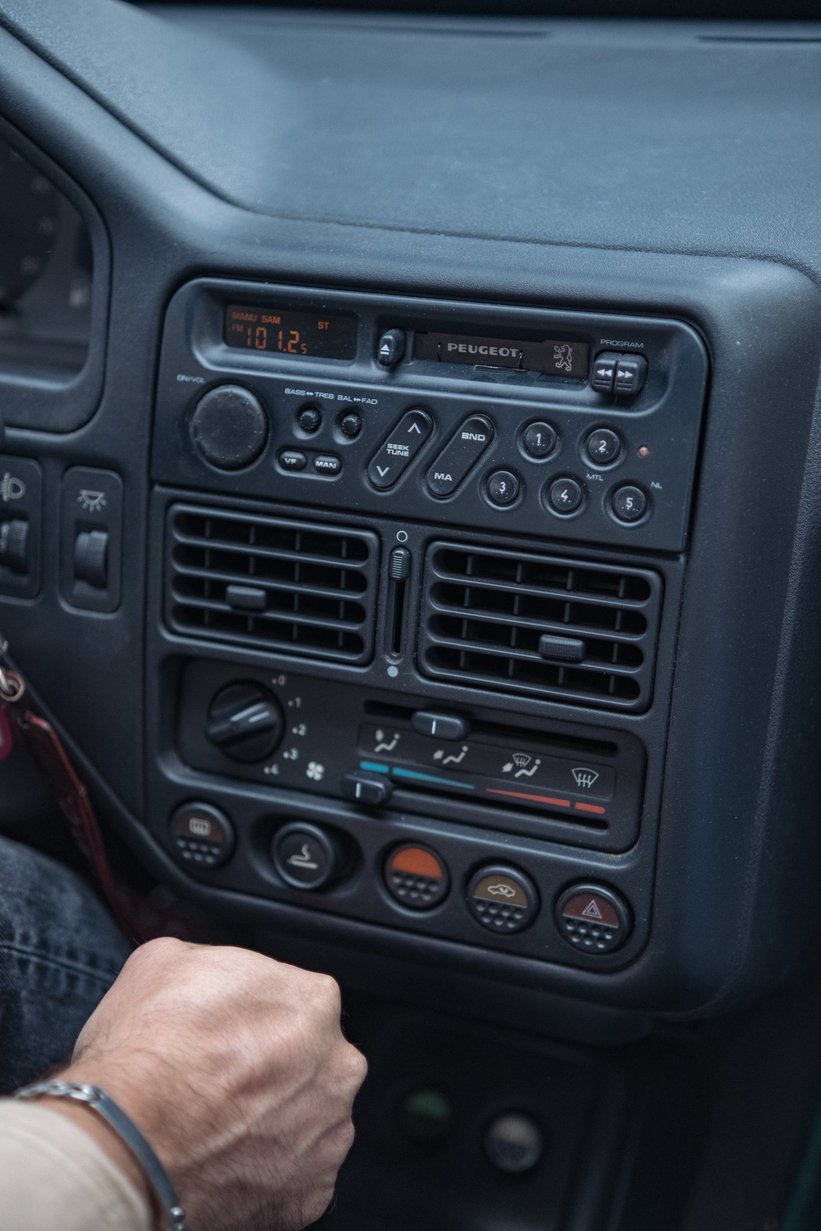
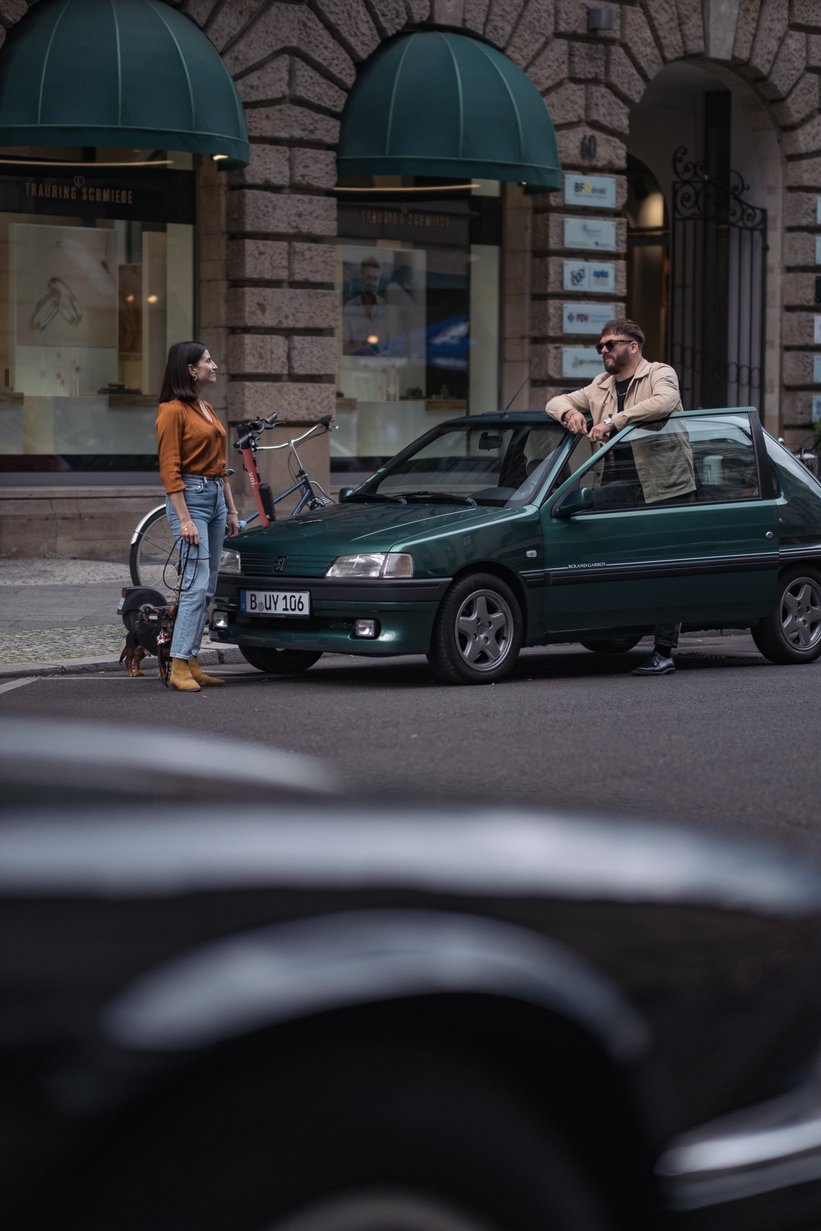
They arrive separately. Mathilde in the black Jag with Count Gilbert Montgomery, their dachshund, as passenger. Marick alone, in a slightly “too cool for school” green 1994 Peugeot 106 Roland Garros. He, a graphic designer turned successful architect/interior decorator. She, a photographer, specialising in still-life pieces that create the most intricate and imaginative microverses imaginable. And although they’re both Dutch and hail from the same city – Rotterdam – their backgrounds are like chalk and cheese.
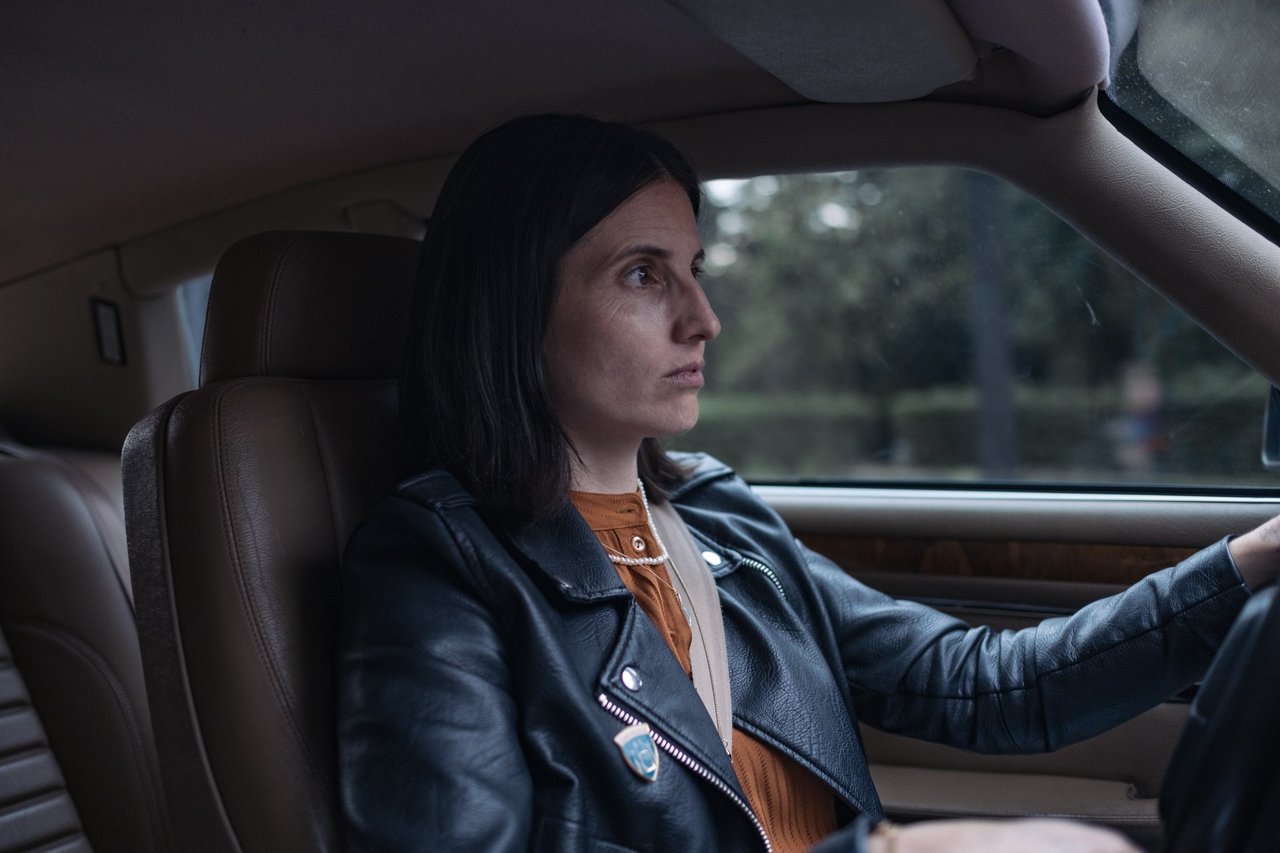

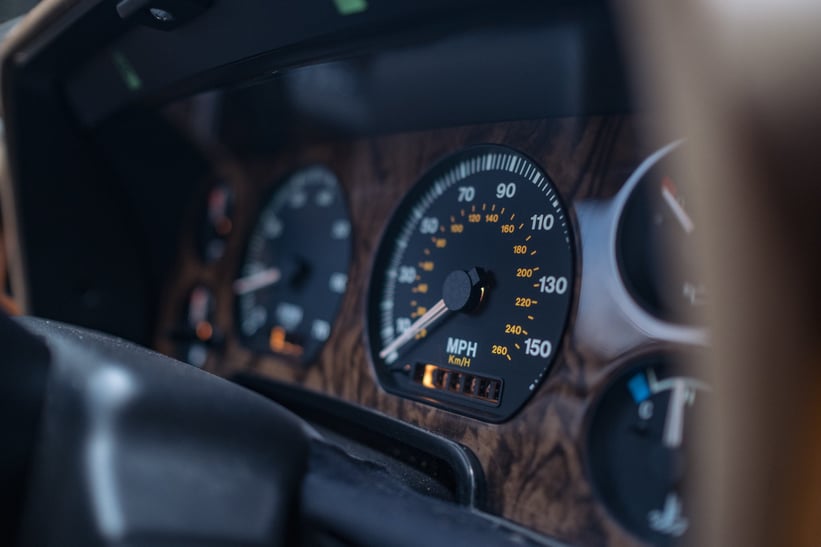
This discrepancy comes up when I try to take a picture of Mathilde’s watch – a gold Audemars Piguet Royal Oak. “Please don’t, it’s not very good, I did it myself,” she says, thinking that I’m actually aiming for the tattoo on her wrist. I try to explain, but before I have the chance, Mathilde elaborates. “I did it using a prison technique, back when I was squatting in Rotterdam”. The shock on my face is so visible that it elicits a quick response. “Oh, then I met him, and it turned out I’m much better at being a capitalist than an anarchist,” she admits, laughing.
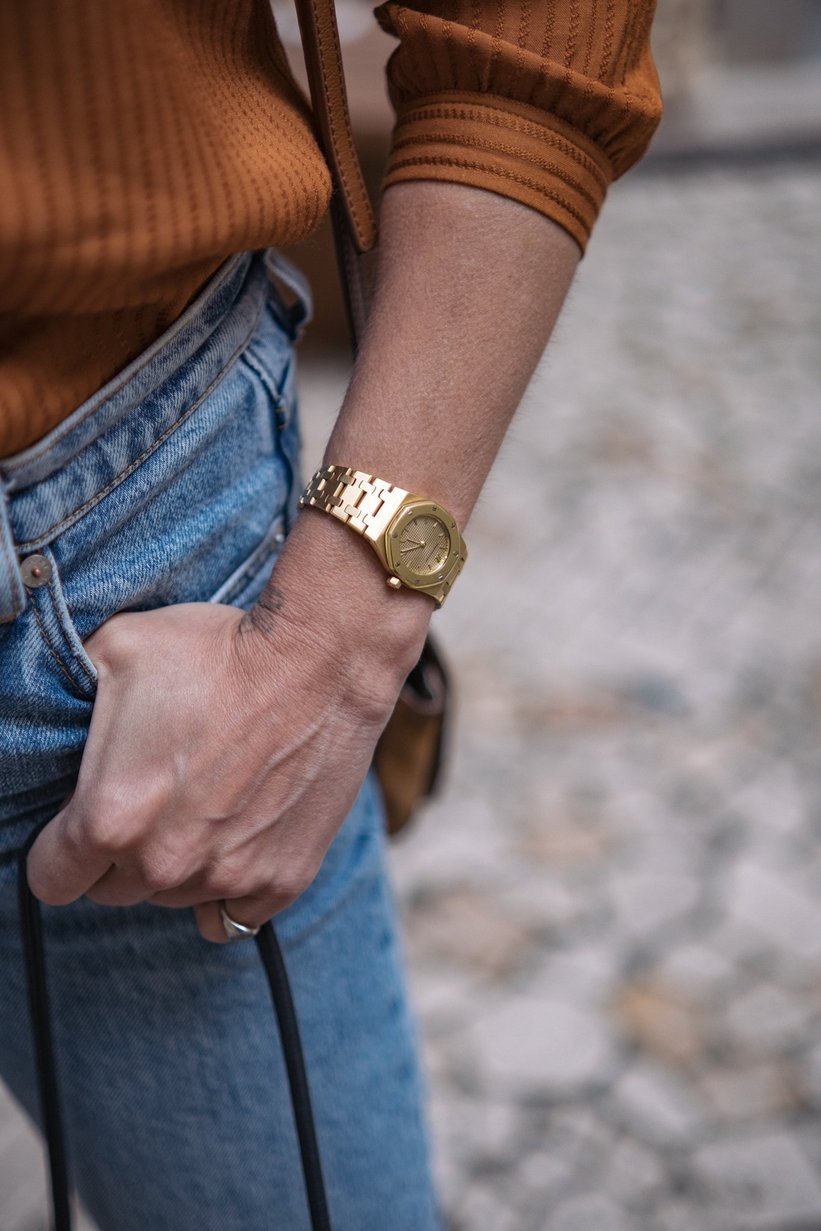
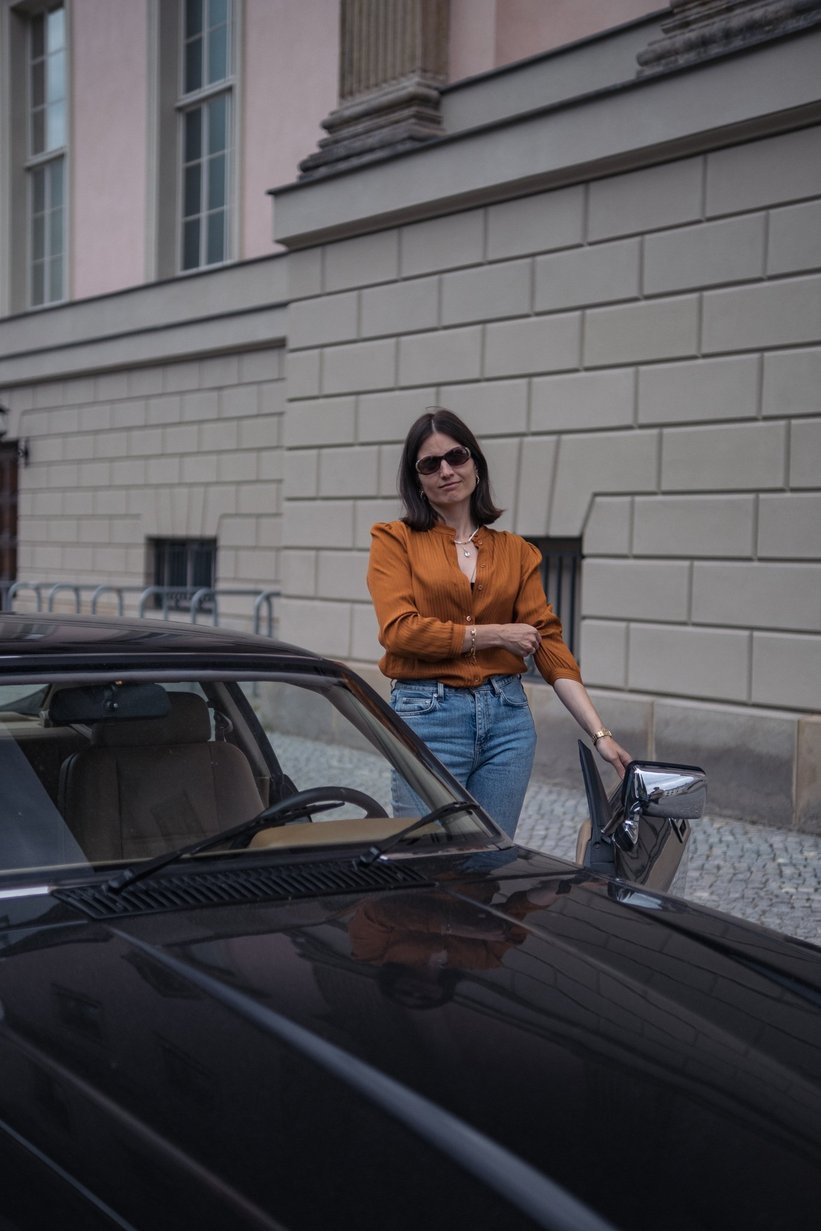
Over a cup of coffee, while we admire the freeform shape of the hand-polished stainless-steel Bonanza bar, I ask about this first meeting. “In the early noughties, I really wanted to do flyers for clubs and parties,” Marick says, “but no club or party wanted to hire me. I come from a family that for generations was involved in shipping and was the first to try my hand at a creative job. So I had zero frame of reference. But I decided to solve this problem by creating a fake DJ-ing duo, who were ‘very famous abroad’ and organising a rave myself. I really knew nothing about DJ-ing, but the flyers were worth the risk.”
Mathilde, meanwhile, was “quite successfully squatting, building heating units, fixing the building’s plumbing, but also working various gig jobs in film and photo production and DJ-ing myself. So naturally, when I heard about these world-famous DJs from Rotterdam, I was curious – who were these people and what were they doing in my city?” Marick “had no idea that at the time she was the most famous DJ in Rotterdam!” He shrugs his shoulders and they both laugh.
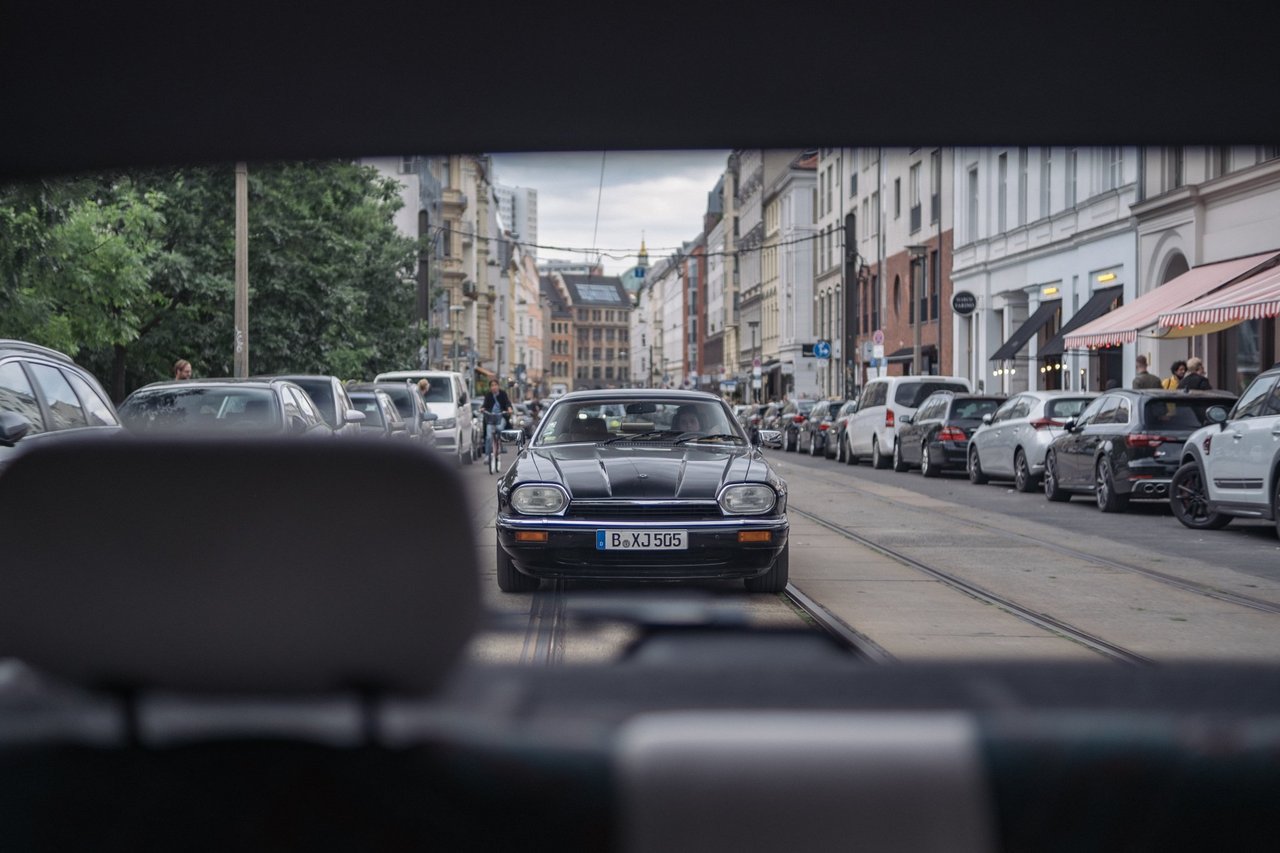
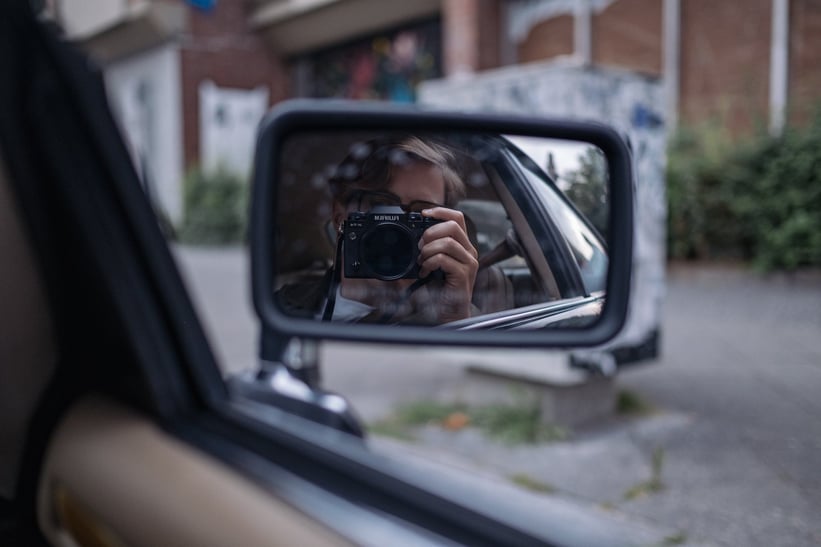
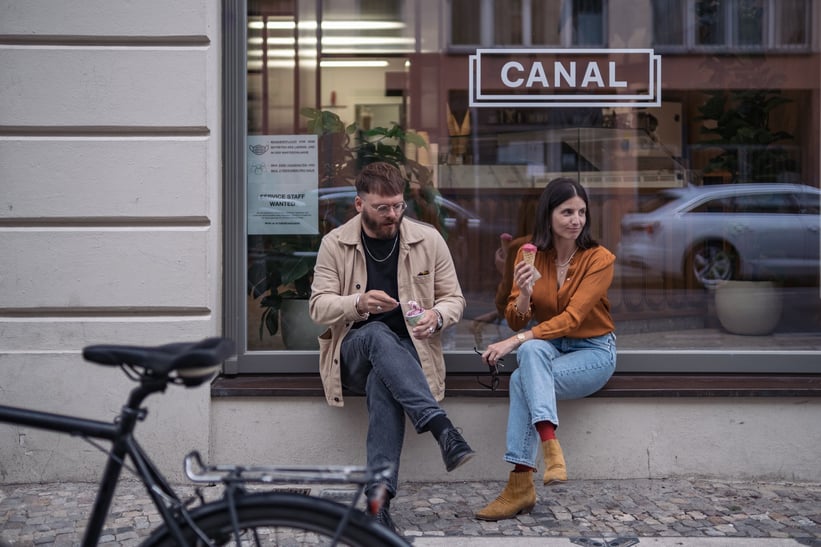
Marick’s confidence in his abilities paid off. The scheme and flyers worked, so half the town showed up for what was an unforgettable night. Eventually – thanks to Mathilde – he got better at spinning (the couple later formed a duo called ‘Pavlov Disco’) and at the same time, his entrepreneurial spirit started to influence Mathilde, to the point that she no longer considered squatting a sustainable path for the future. "It was either that or she liked the Panhard PL-17 and 2CV I owned at the time,” he laughs. “Both were rustbuckets, so it’s unlikely!” she retorts.
Reminiscing complete, we jump into the cars to head towards Canal No2 on Linienstraße – another place designed by Modiste. As it’s late, its famous eclairs are sold out. But their shape is reflected in the elm timber panelling that encircles the marble countertop. Over ice cream, we reflect on the modern-day stop-and-go traffic that’s so unsuited to a 4.0-litre Big Cat, which only really feels at home on the open road at just below 3000rpm.
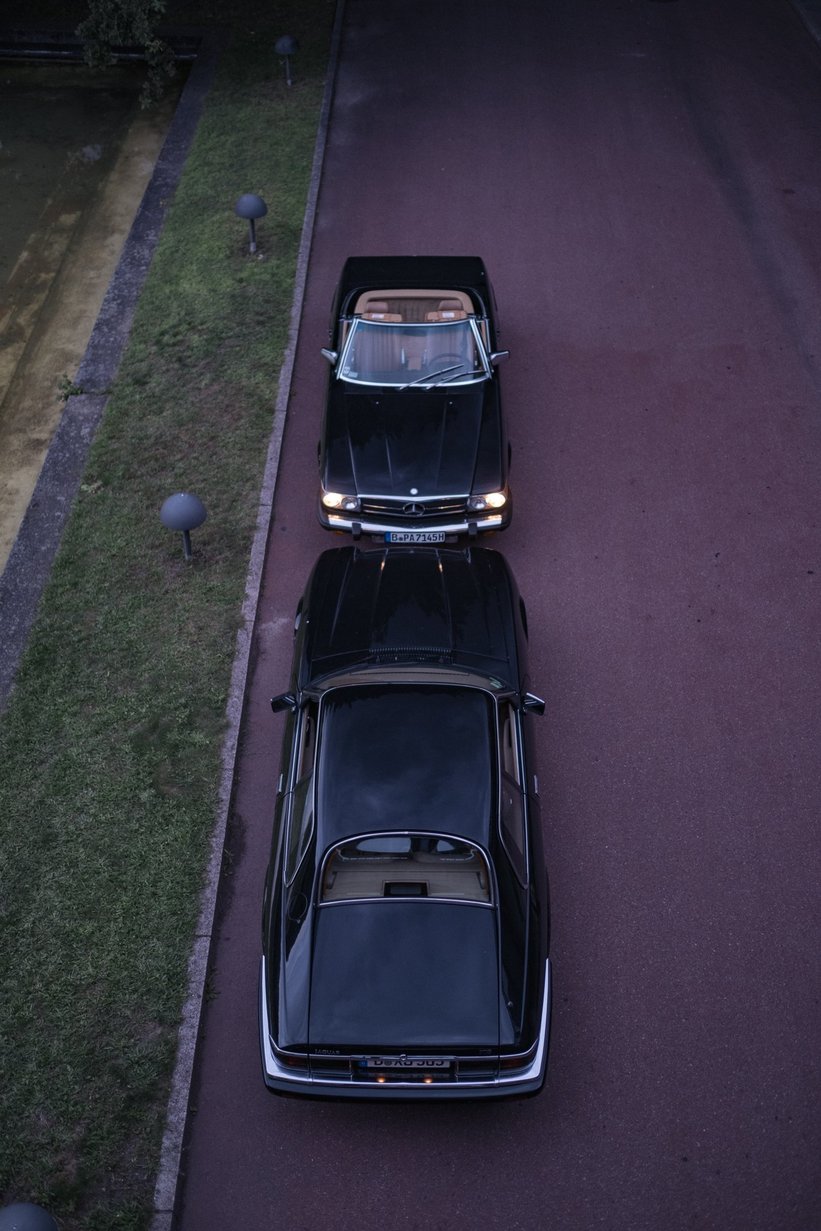
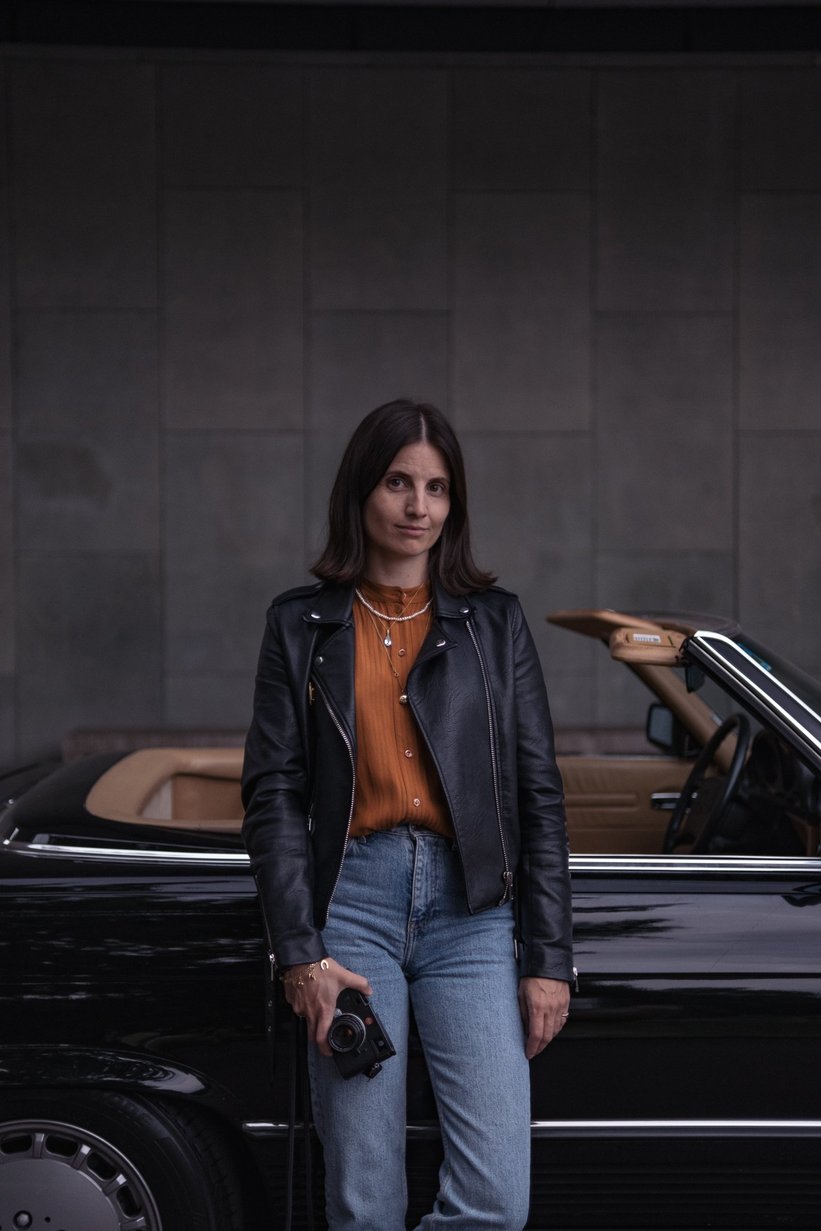
It comes as no surprise that anyone with a creative spirit and an eye for design can easily fall in love with various car shapes. Especially when those cars come from a time when design wasn’t so influenced by legislation. But even in these changing times, it’s still uncommon for women to be passionate about classic cars to the degree that Mathilde is. Solitary spirited driving over Alpine passes and long-distance adventures in often-unreliable machines are her bread and butter. Her last trip was to Switzerland in their 1986 Blue Medio Metallizzato Ferrari Mondial, which just before our meeting had sustained some minor ‘kamikaze deer’ damage. “It’s the first mint-condition car I’d ever bought, as before my curiosity had always trumped reason,” Marick says.
I ask about the source of Mathilde’s automotive passion. “Compared to Marick’s family, mine was always quite artistic,” she says. “My grandfather, Frits Rotgans, was a famous Dutch photographer, who built his own panoramic, large-format cameras. He loved machines and specialised in airport scenes. My dad was a sculptor. He did huge, monumental projects in wood, metal and glass, but was also a keen glider pilot. When he wasn’t allowed to fly anymore, he started building violins.” It’s not hard to see how a love of cars can spring from this lineage of creation, engineering, emotion, physics and freedom.
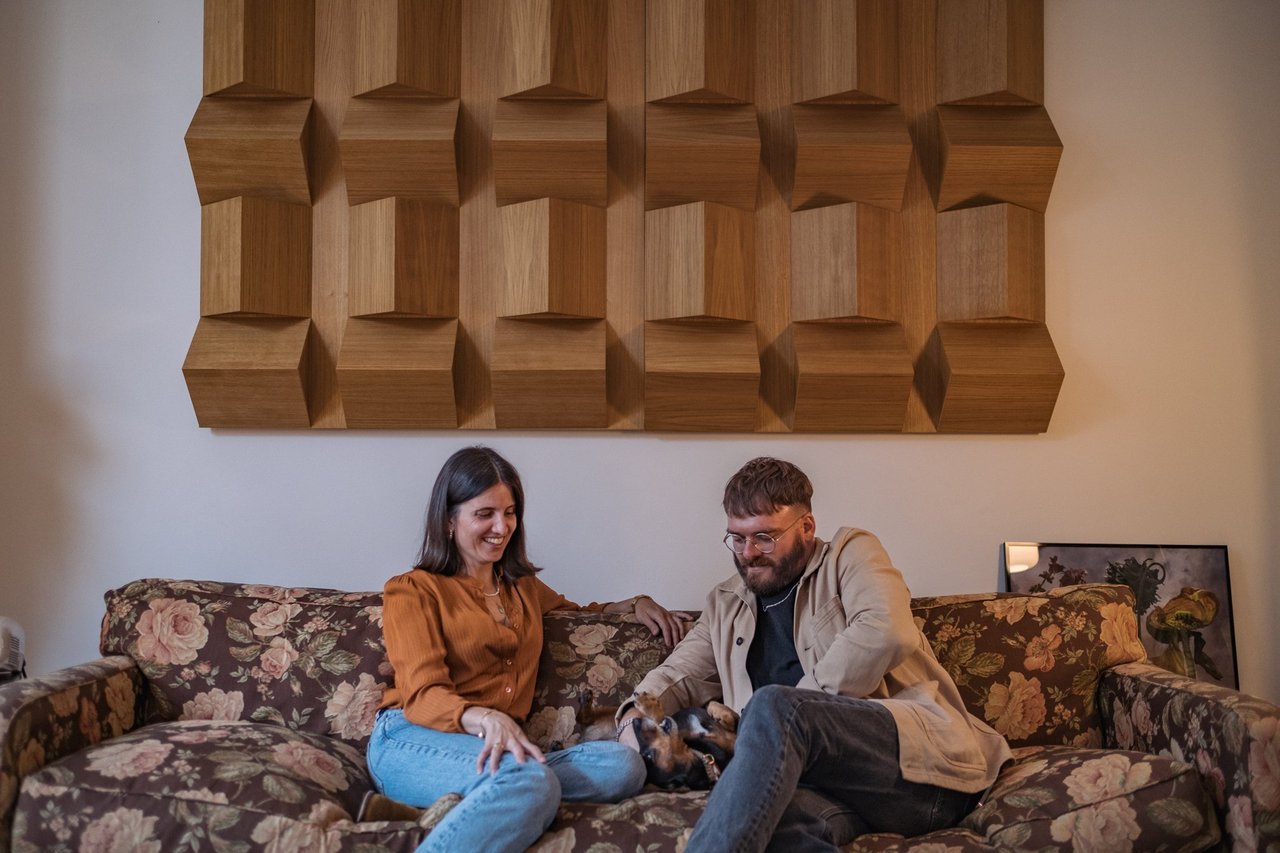
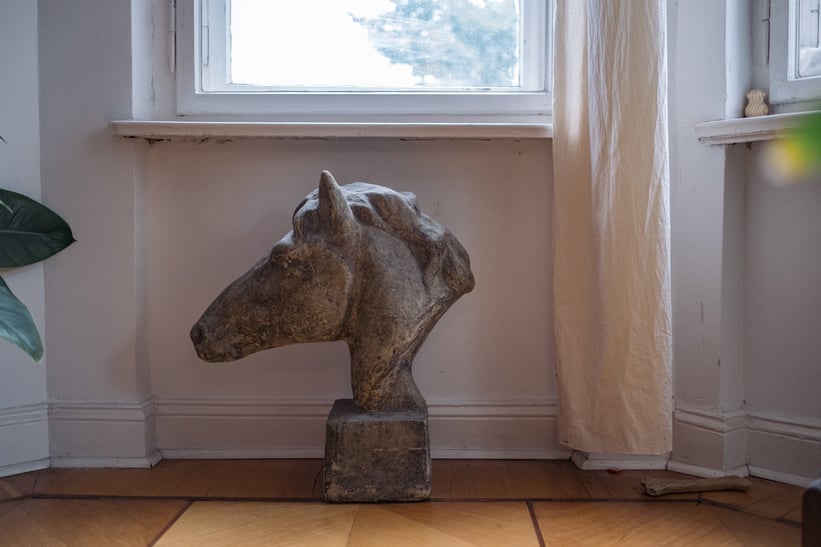
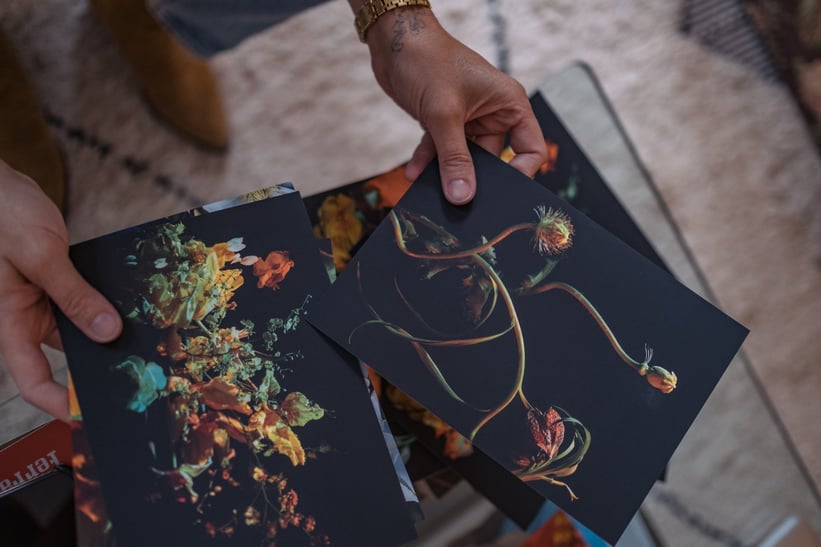
I can’t help but think that for Marick, design, art and interesting cars – not simply a way of getting from A to B, but which got him out of Rotterdam and into a world full of various experiences – counterbalanced an upbringing that expected him to follow a pre-ordained path. And for Mathilde, the same experiences, including those of automotive origin, were more of a natural extension of her heritage. Different paths, same result.
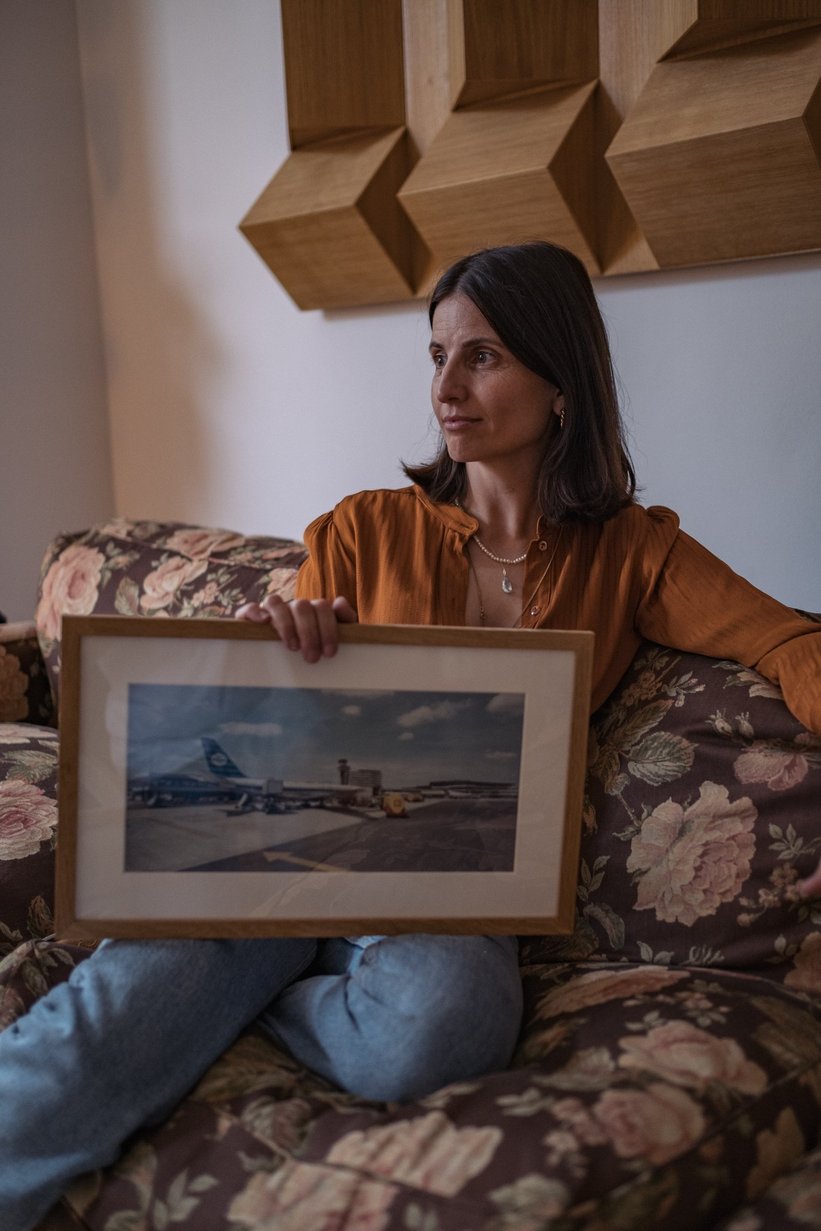
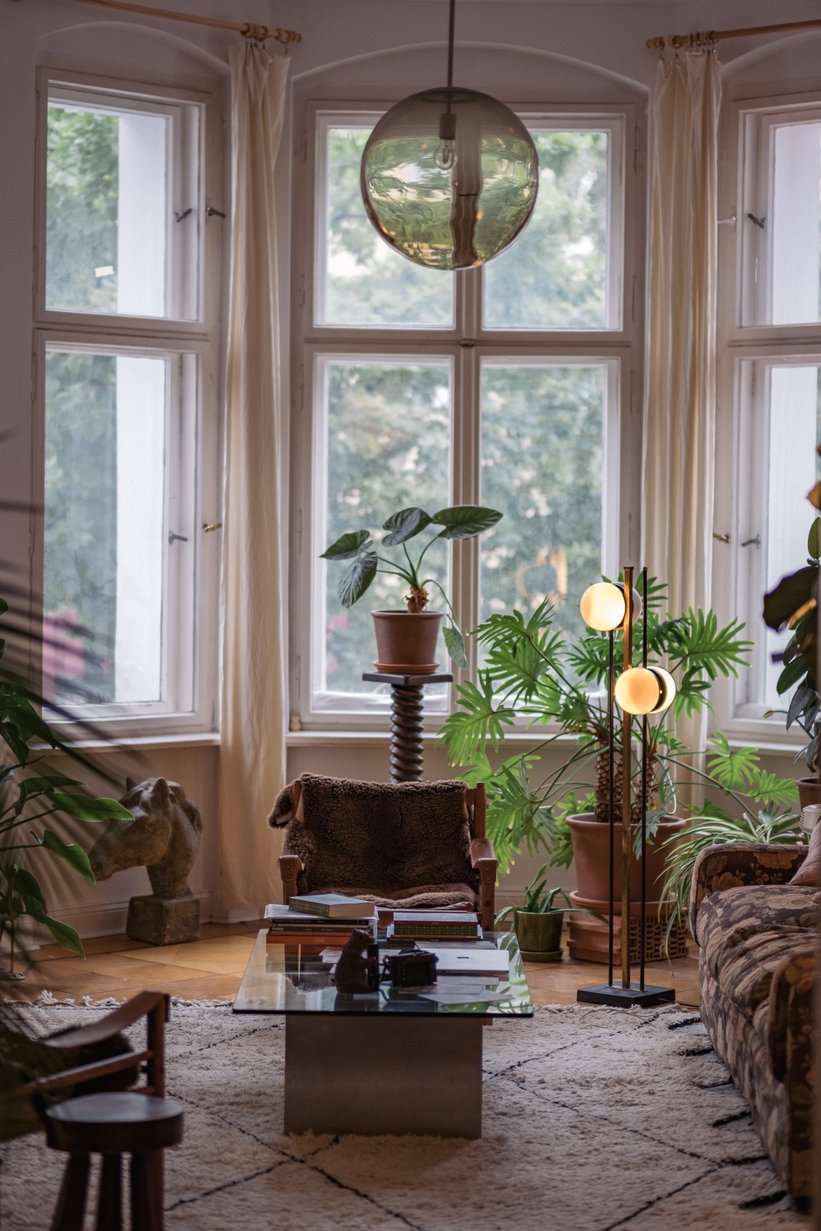
To see some of the discussed works, we drive to Schönberg. On the way to the apartment, Marick and I discuss the merits of a French city car in top spec. This 106, but also the Clio Baccara and the 205 Gentry. Cars that you can easily park in a crowded city, but which look equally good on the drive of a Schloss during a cocktail party. As I cross the threshold of their flat, I’m overwhelmed with the attention to detail, but also effortless cool with which it was furnished. The centrepiece of the living room is a gigantic, mesmerising, large-format picture of a forest, by none other than Mathilde’s grandfather. Opposite, there’s a striking wooden wall adornment, seemingly a sculpture, but actually a piece of a recording studio. The flowery, grandma-style sofa beneath is a neat counterpoint.
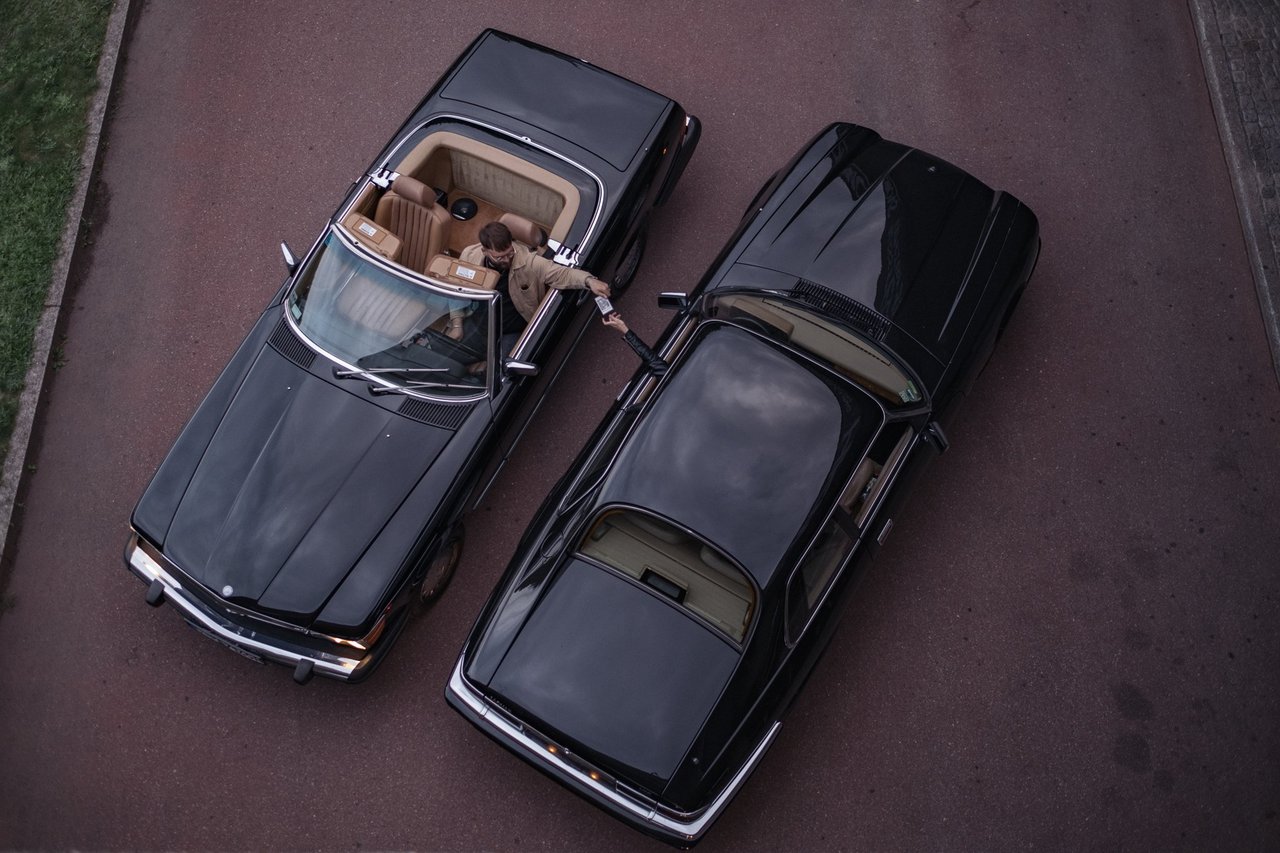
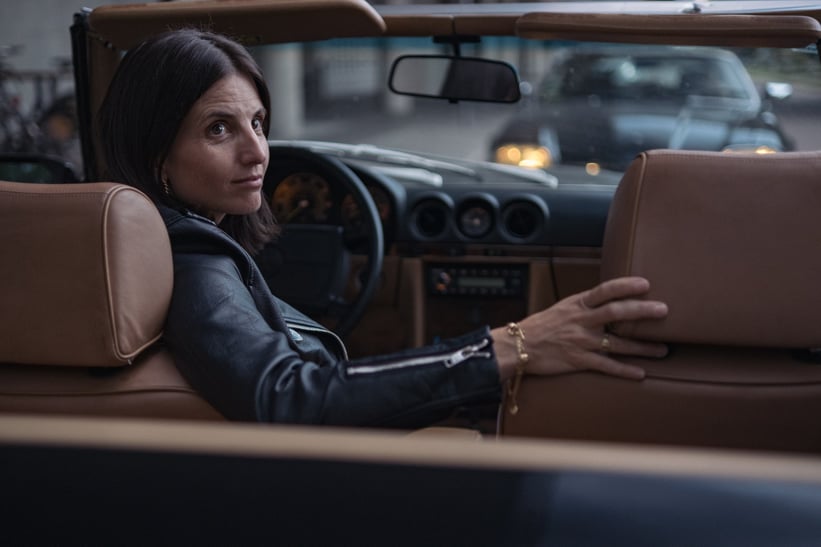
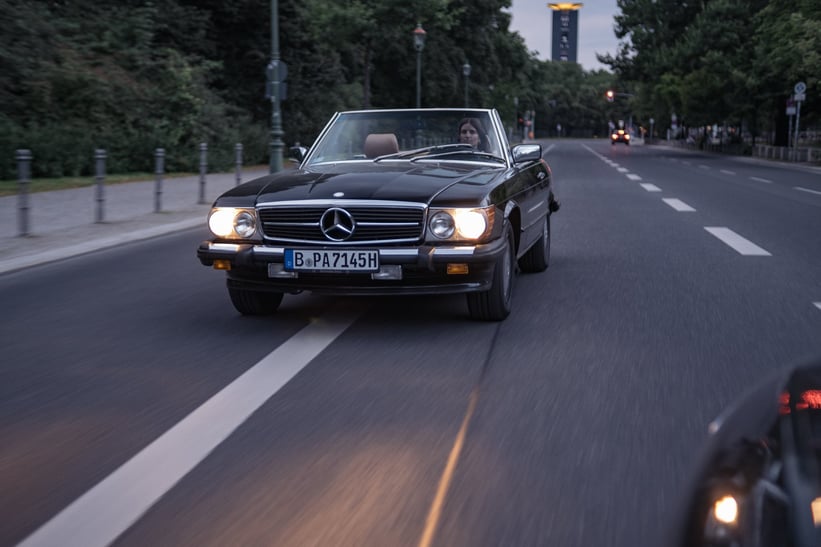
I run around photographing everything: a glass-encased wooden hand with pearls and crystals glued to it, a bust of a horse’s head, a half-molten disco ball, paintings by Mathilde’s mother and the odd model car. There are also brochures for the Ferrari. Overall, it’s a refreshing, eclectic, non-minimalistic, homey interior – very different to the slick, modernist-inspired Modiste projects. Equally impressive and cool, but in contrast to an Instagram-obsessed and Pinterest-formatted world, it doesn’t feel curated, just very relaxed.
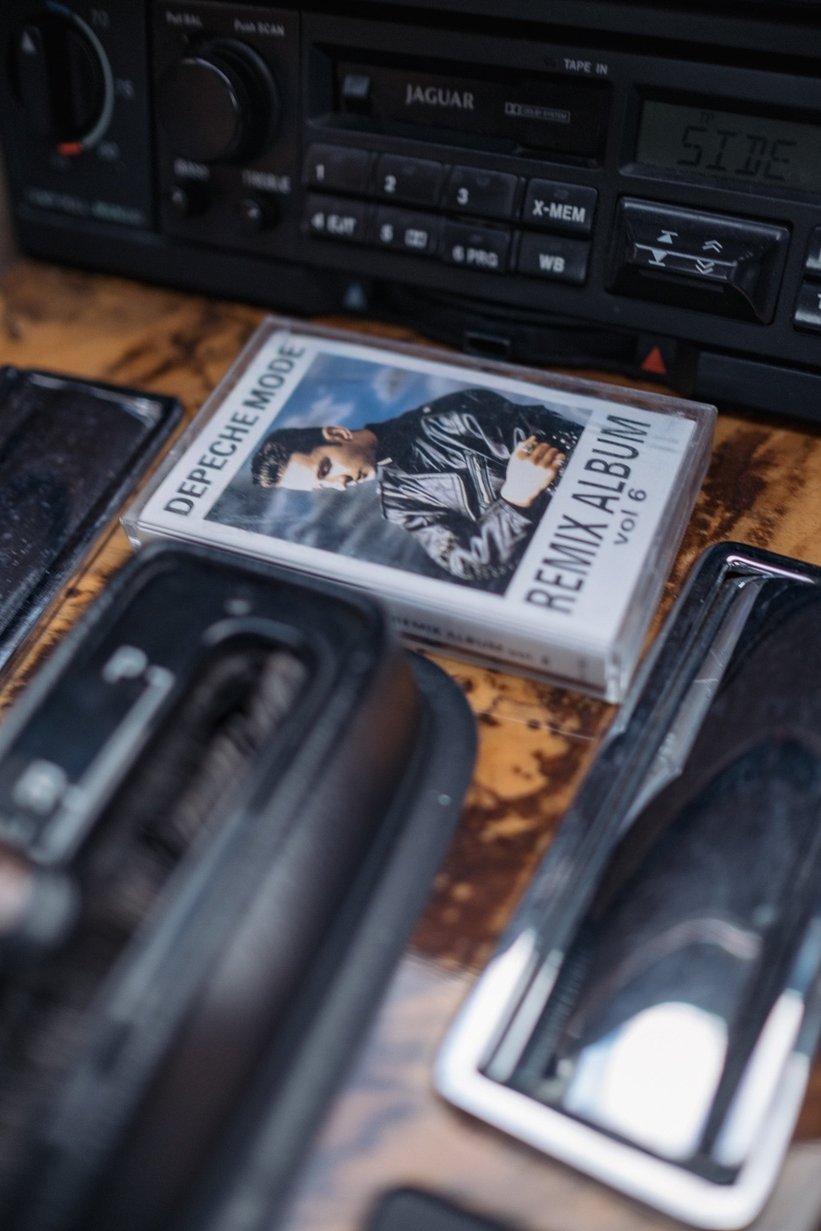
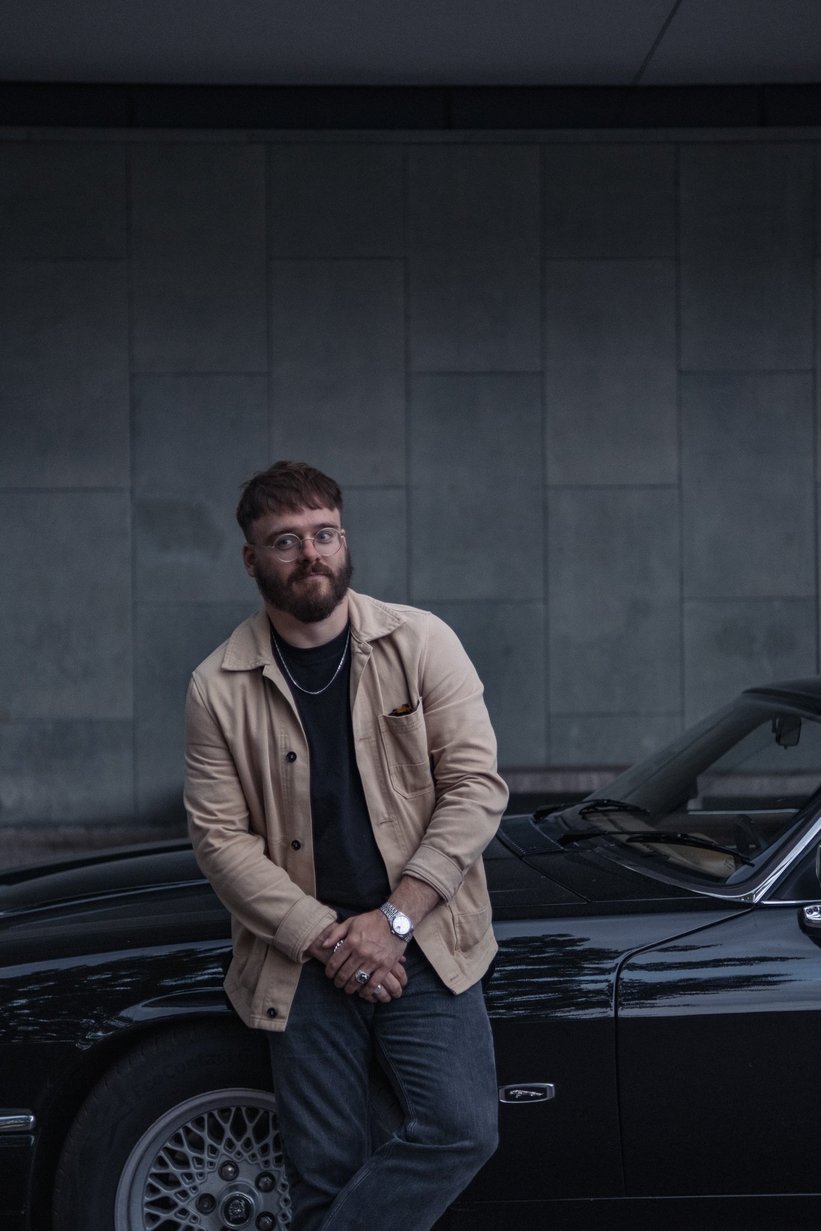
As it gets dark, we take the US-spec SL from the garage to finish off the shoot at the stunning Haus der Kulturen der Welt. Overwhelmed by all I’ve heard and seen, I run out of ideas for pictures. “Let’s do one from above; I’ll hand Marick a Depeche Mode cassette, as if we were doing a shady drug deal!” says Mathilde. I run up the stairs of the overpass above to take the shot…
Text & Photos by Błażej Żuławski
